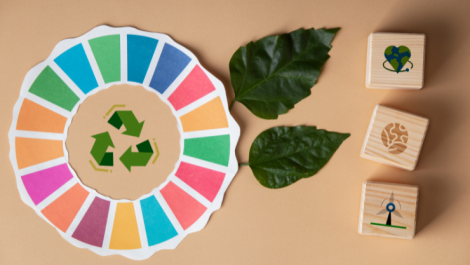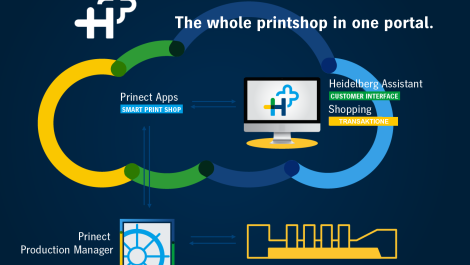The weekly Verdigris blog by Laurel Brunner
If you’re in the northern hemisphere, are you enjoying sleepy summer days, when not much seems to be happening? Or perhaps you’re struggling through cold and rain in the southern hemisphere. Either way your business hopefully is part of the busy cohort that is helping to produce signs of growth in the world economy.
Worldwide economic data points to slender signs of improvement and this can only be good news for printers and publishers. Mixed in with the financial improvements there are signs of a revived environmental impact reduction awareness. The two go hand in hand.
The most dramatic environmental news we’ve heard lately is that the Chinese government has committed a staggering $275 billion to cleaning its extremely dirty air over the coming five years. This is almost the total GDP of Norway!
Not many organisations, governmental or otherwise, have the scope to spend the readies on such a scale as China, but change comes through lots of little investments as well as the massive ones. Canny printers and publishers who want to take advantage of improving growth prospects should be considering their next round of investments.
Now is the time to consider upgrading equipment and processes so that the business can take advantage of improving confidence in their markets. Now is also the time to take the opportunity to invest in kit that reduces a company’s environmental impact.
Many companies are planning new hardware investments, from computers to energy efficient printing systems, in the hope that banks will make good on promises of easier credit. But we often overlook the improvements that software upgrades can make, for instance in RIP systems which drive output devices such as platesetters and digital printing engines. Software upgrades can be a less expensive and less risky option than new hardware, and although the disruption to the business is about the same the return on investment is likely to be faster.
This is because software developers are improving their systems all the time to help customers improve cost controls. Sticking with the RIP example, developers are adding process management modules such as tools that help manage consumables cost effectively. They’ve added techniques to maximise media usage by nesting or ganging jobs thereby minimising substrate waste. This saves money and waste through using inks and substrates more efficiently. Ink control software modules can also help improve colour consistency, producing a superior printed product.
The problem for many companies though is understanding what their software actually does and in having the confidence to invest. RIP technologies designed to manage multiple output devices are more efficient and use less energy to manage several machines than a hodge-podge of RIPs each driving a single device. Using a single powerful RIP system to drive them all is a way of improving process control and energy efficiency, however it requires an understanding of what the technology does and how it can improve workflow efficiency.
Recognising a problem is easy enough, but working out how to solve it is not necessarily simple. Understanding that investment into new technology will improve a company’s environmental impact is the start. The next step is working out what the best option will be for the business, something that takes rather more effort.
http://verdigrisproject.com/blog/green-shoots-or-are-you-in-the-weeds
This article is part of the Verdigris series of stories about understanding the environmental impact of print. The Verdigris Project is supported by Agfa Graphics, Canon Europe, Digital Dots, drupa, EcoPrint, EFI, Fespa, HP, Pragati Offset, Ricoh, Splash PR, Unity Publishing and Xeikon.





